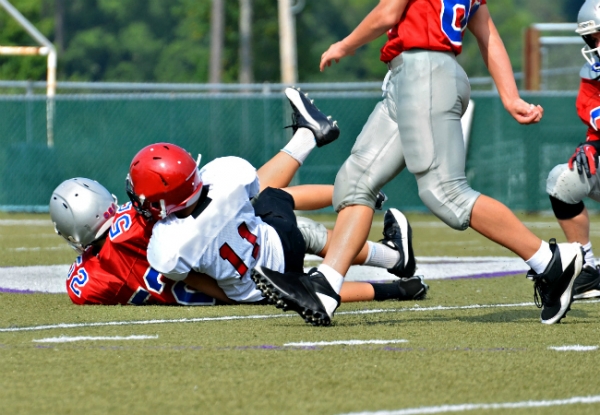Why Kids with Hobbies Thrive in School
by Deborah SongWhen researchers sought out to understand why some inner city kids thrived academically, they discovered that more often than not, students who performed well had an “identity project.” Identity projects, as described by researchers Stefanie DeLuca, Susan Clampet-Lundquist, and Kathryn Pedin in their book Coming of Age in the Other America, are hobbies students pursued passionately. They ranged from Japanese anime, to dance, to even rearing pigeons.
Even though identity projects weren’t always a foolproof life raft, (some promising students with hobbies did end up dropping out), the statistics are compelling. Out of the 116 youth studied in Baltimore who aren’t still in high school, 90 percent of those with an identity project graduated, while only 58 percent of those without one did so. And 82 percent of those with an identity project were in school or working, compared to 53 percent of those without an identity project.
So what is it about identity projects or hobbies that help kids do well in school? The most obvious benefit of a hobby is that it provides a professional goal. A student with a passion for baseball may be inspired to do well in school, obtain a scholarship and play at the college level.
But even hobbies with no professional promise, can funnel energy into productive outlets and help kids stay out of trouble. They also connect classroom learnings to the outside world. Rearing pigeons may not necessarily lead to a job, but a student with a passion for pigeons may become more interested in biology and science because of her love for pigeons.
In response to their decade-long research, the authors proposed more opportunities to pursue identity projects by investing more in libraries, clubs, and by expanding funding for the arts. Unfortunately, many cities and schools are cutting funding for extracurricular activities.
So here are some ways you can help your child discover his passion and nurture his hobby.
1. Watch how your child plays. One of the telltale signs of a child’s natural inclination for something is how she plays. Many kids play with Barbie, but what is Barbie doing? Is Barbie looking for clues, cooking, teaching? My kids are 4 and 6 years old. They haven’t formed distinctive hobbies yet. But I know my oldest child loves to build Legos. She also loves chess. And my youngest, when she’s not helping me prep for dinner, is pretending to cook. My next moves are to explore engineering opportunities for my oldest, and enroll my youngest in a cooking class. It’s not a formed hobby yet, but it’s a window into their interests.












